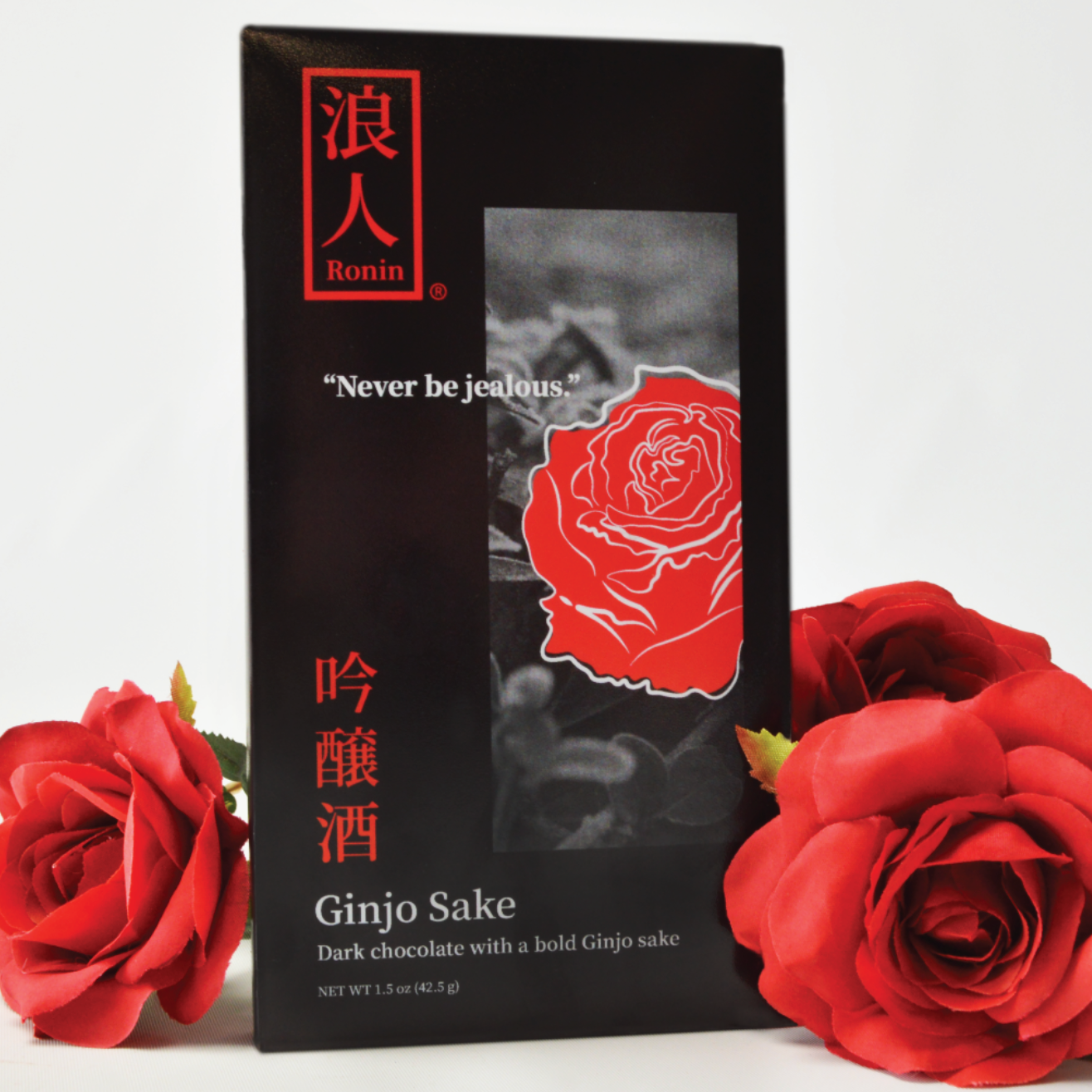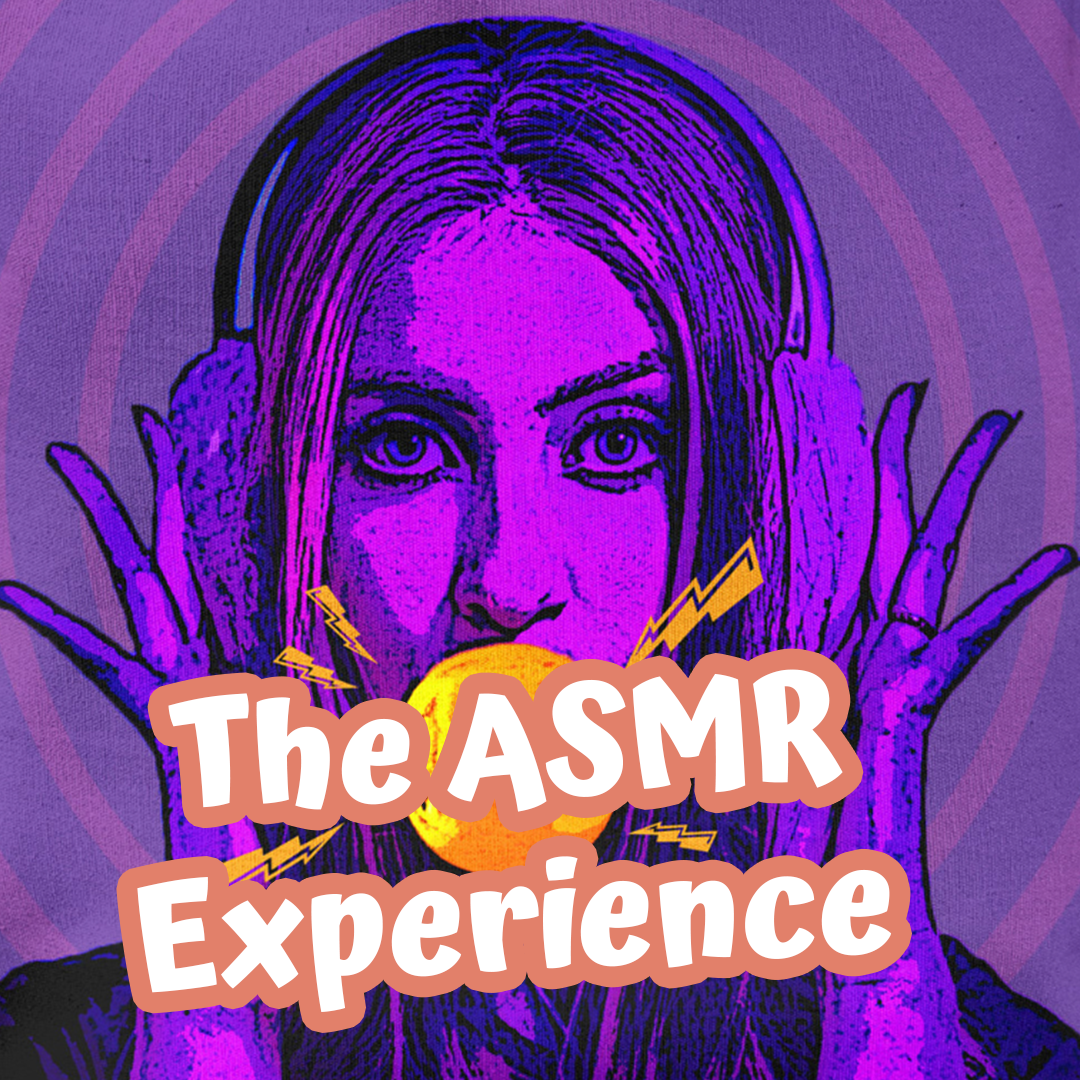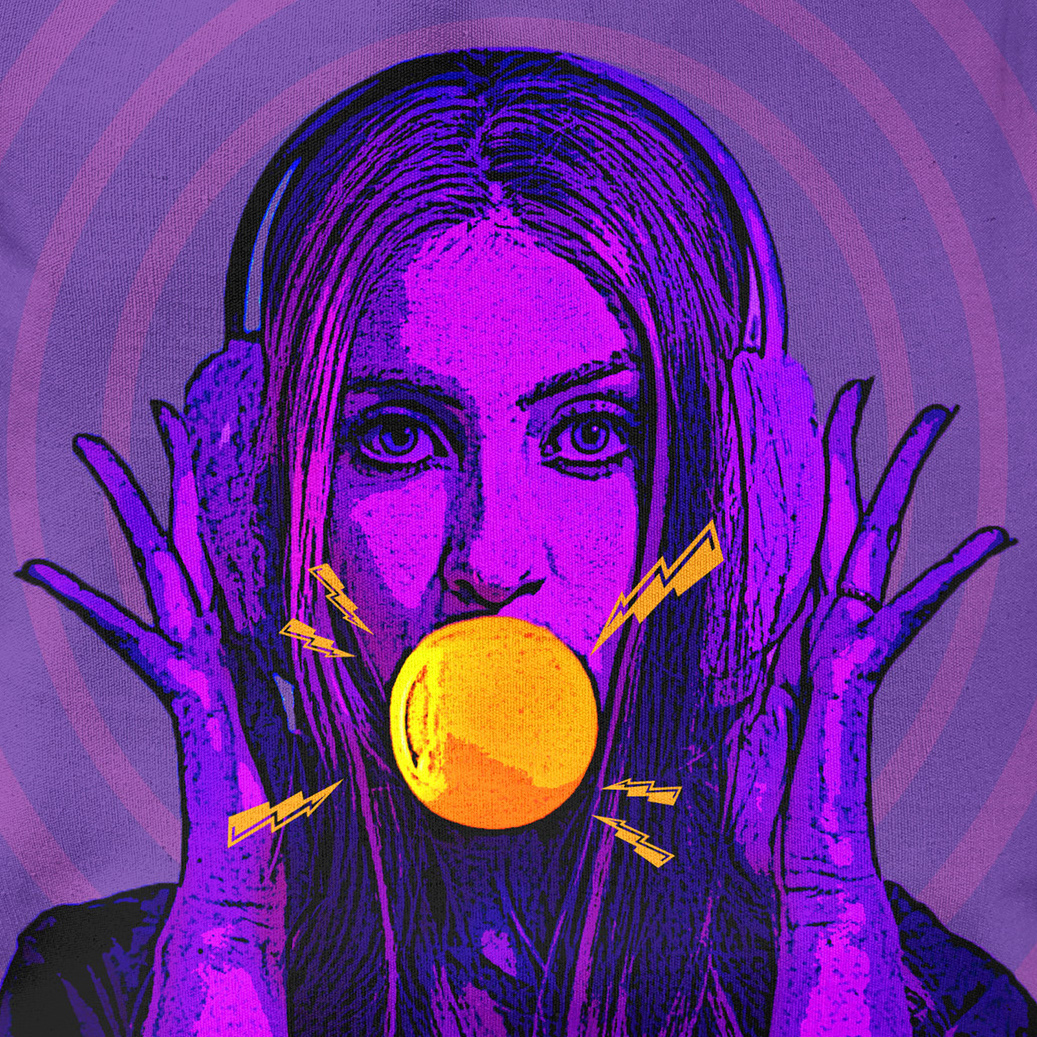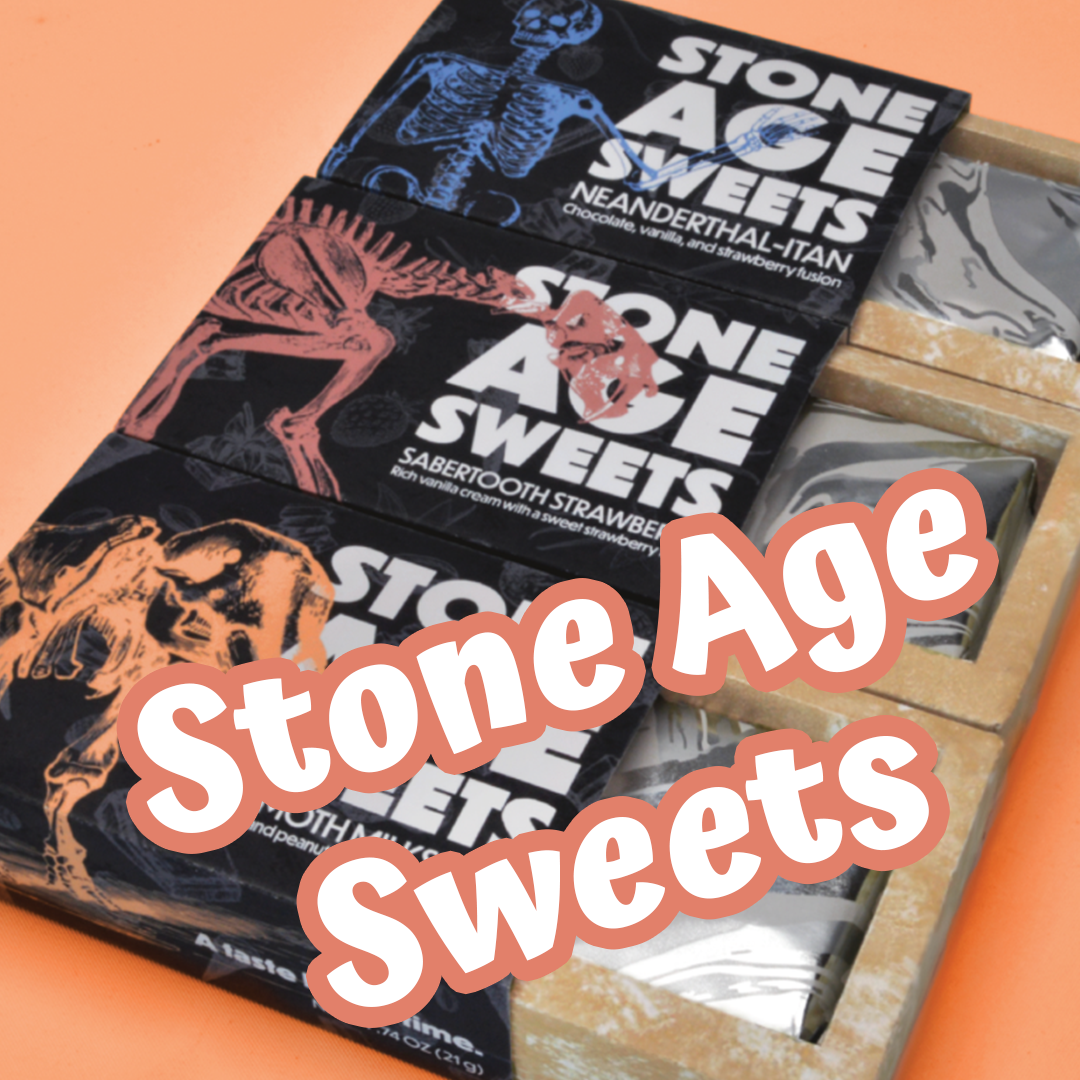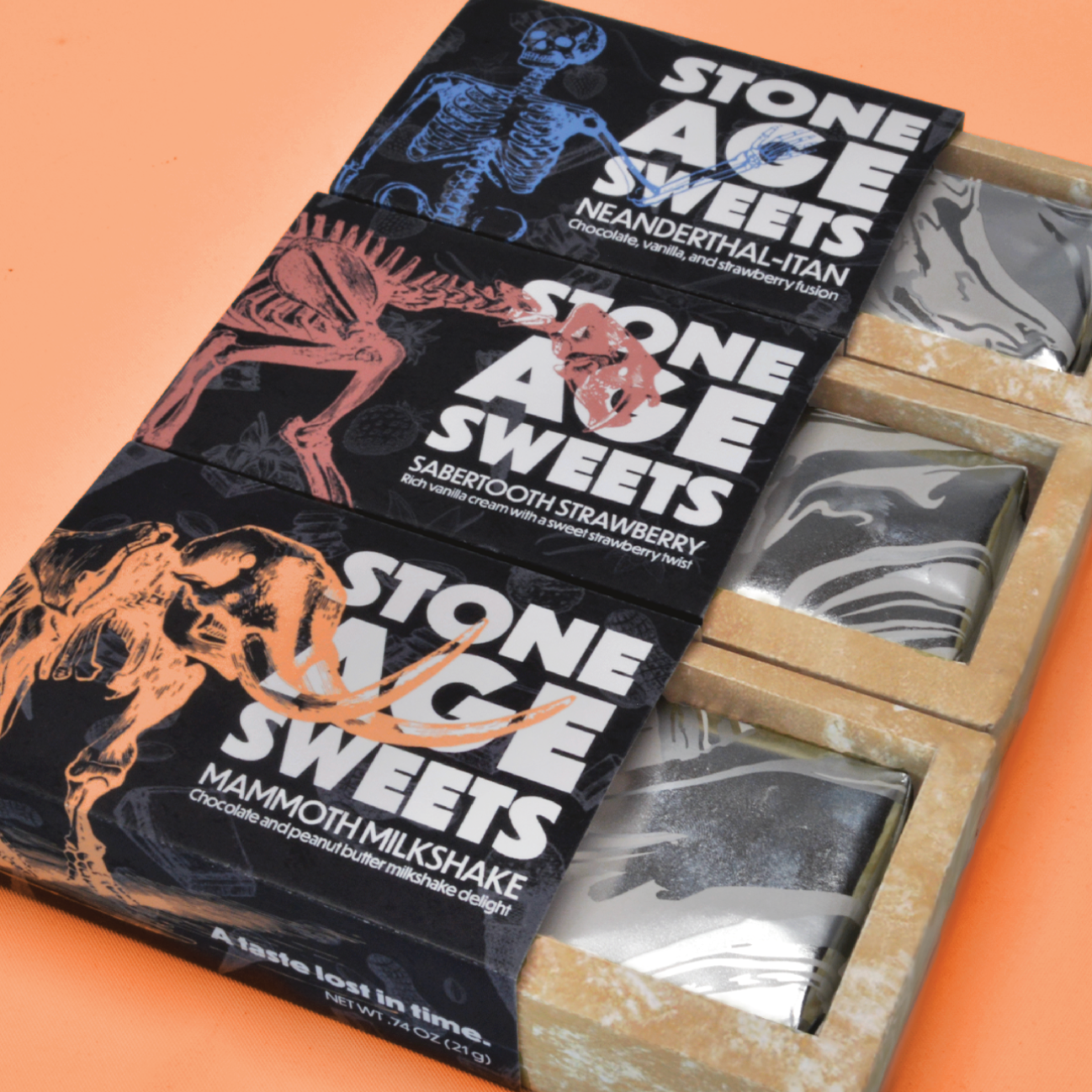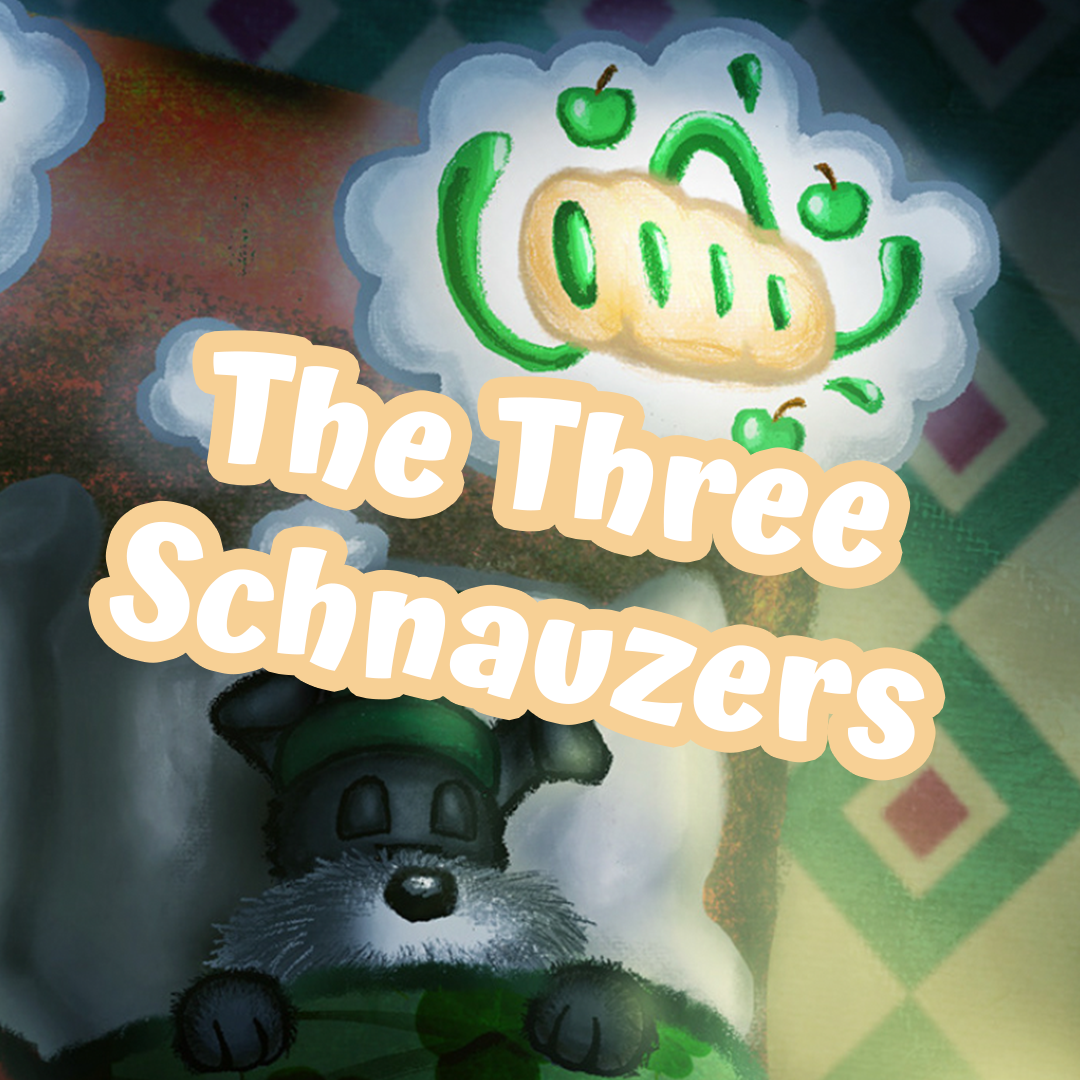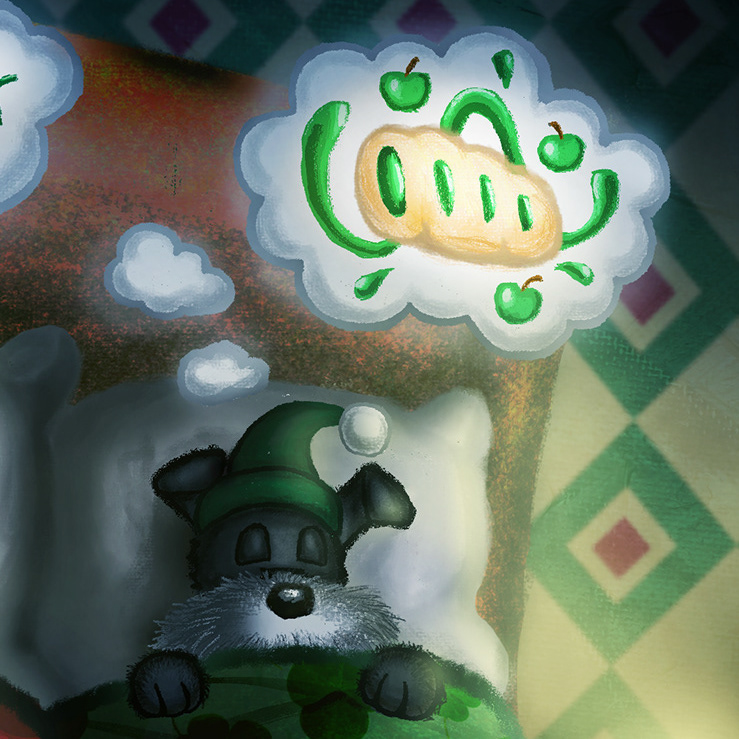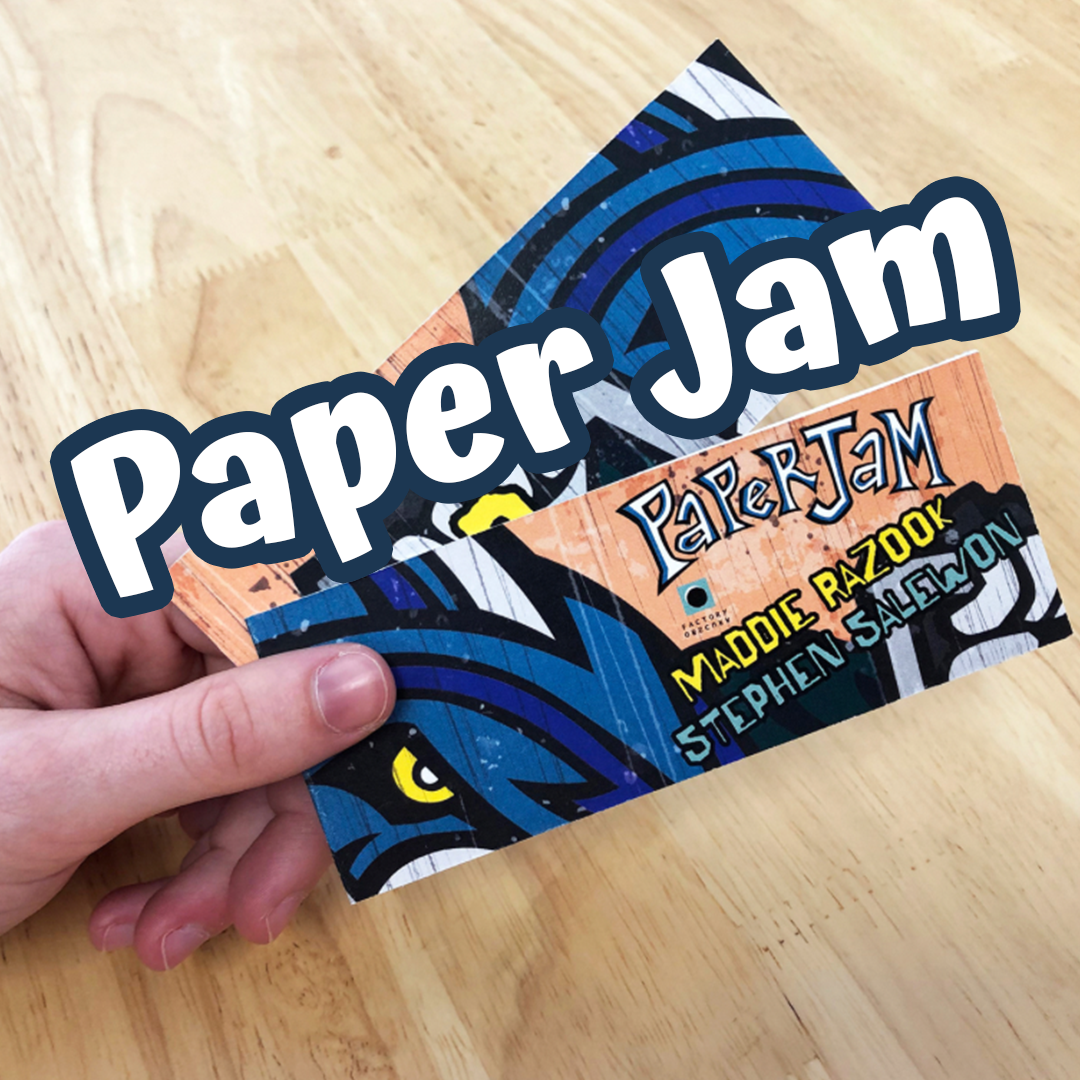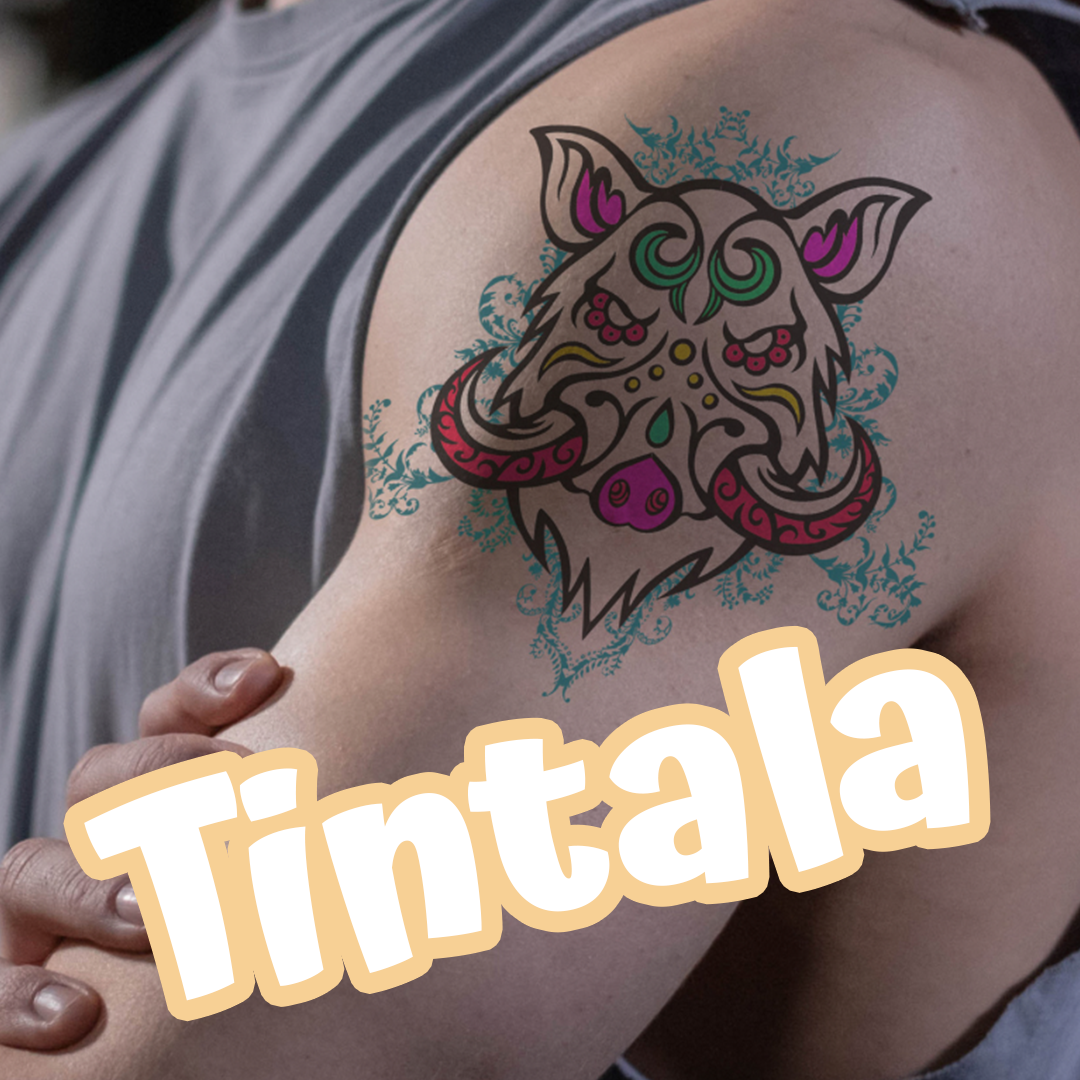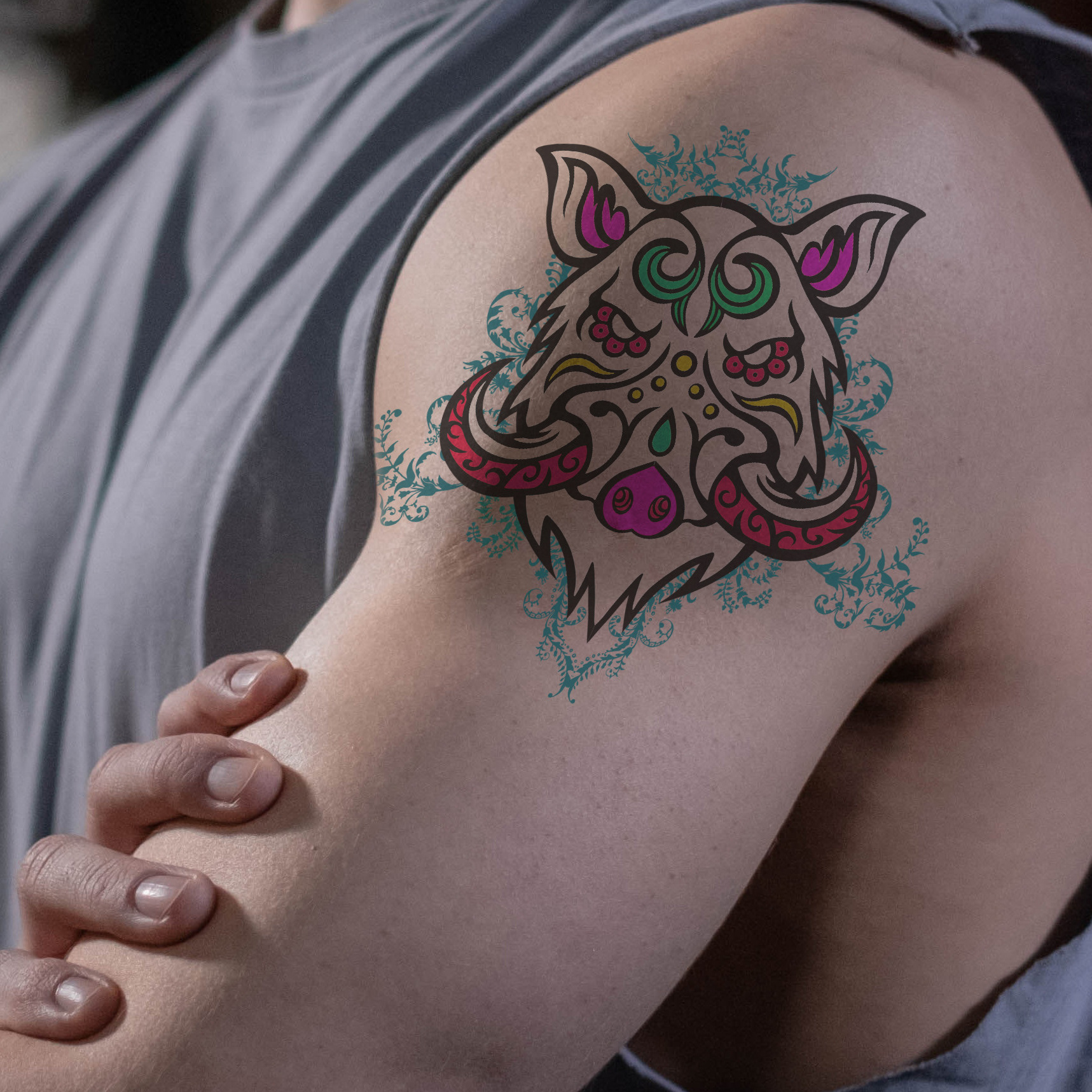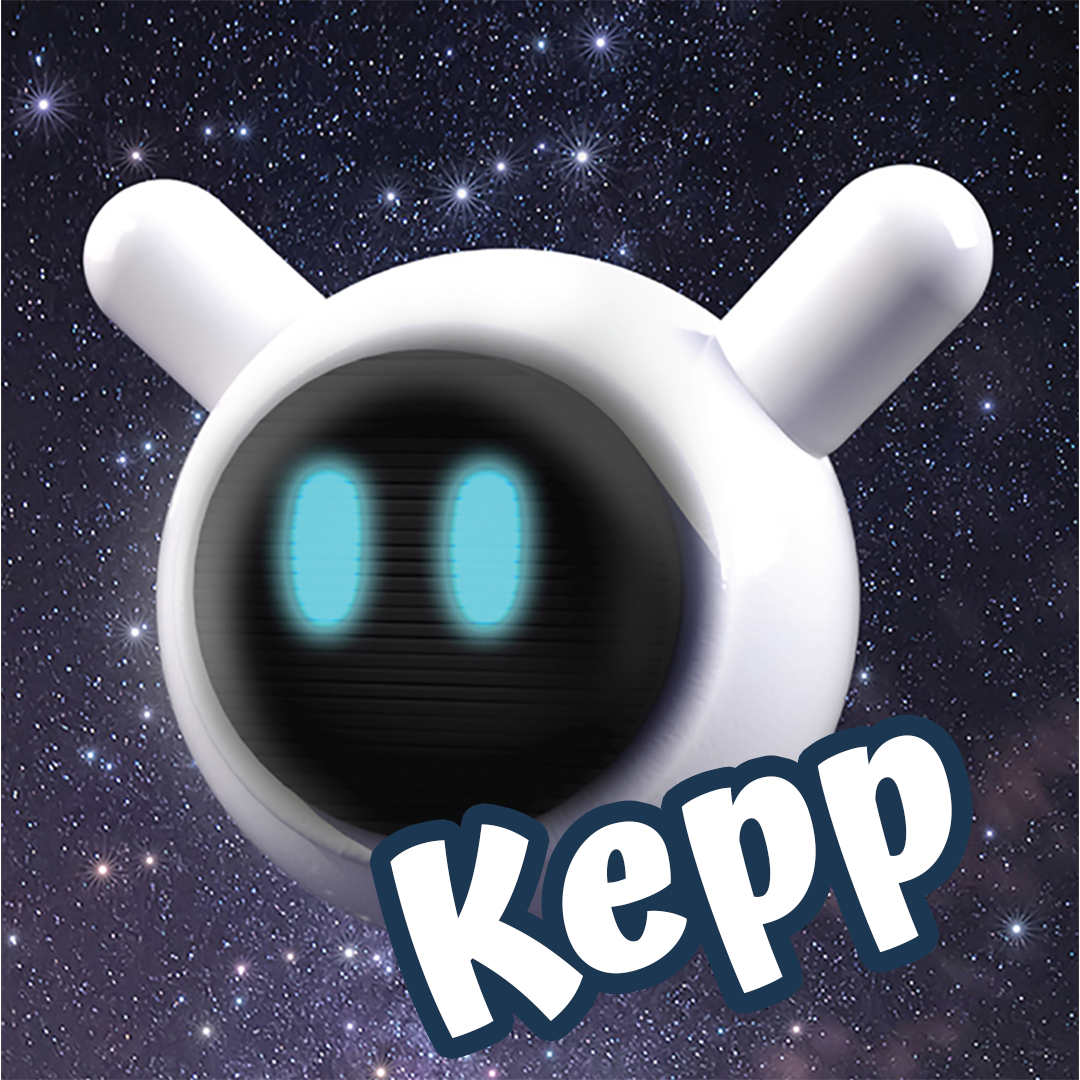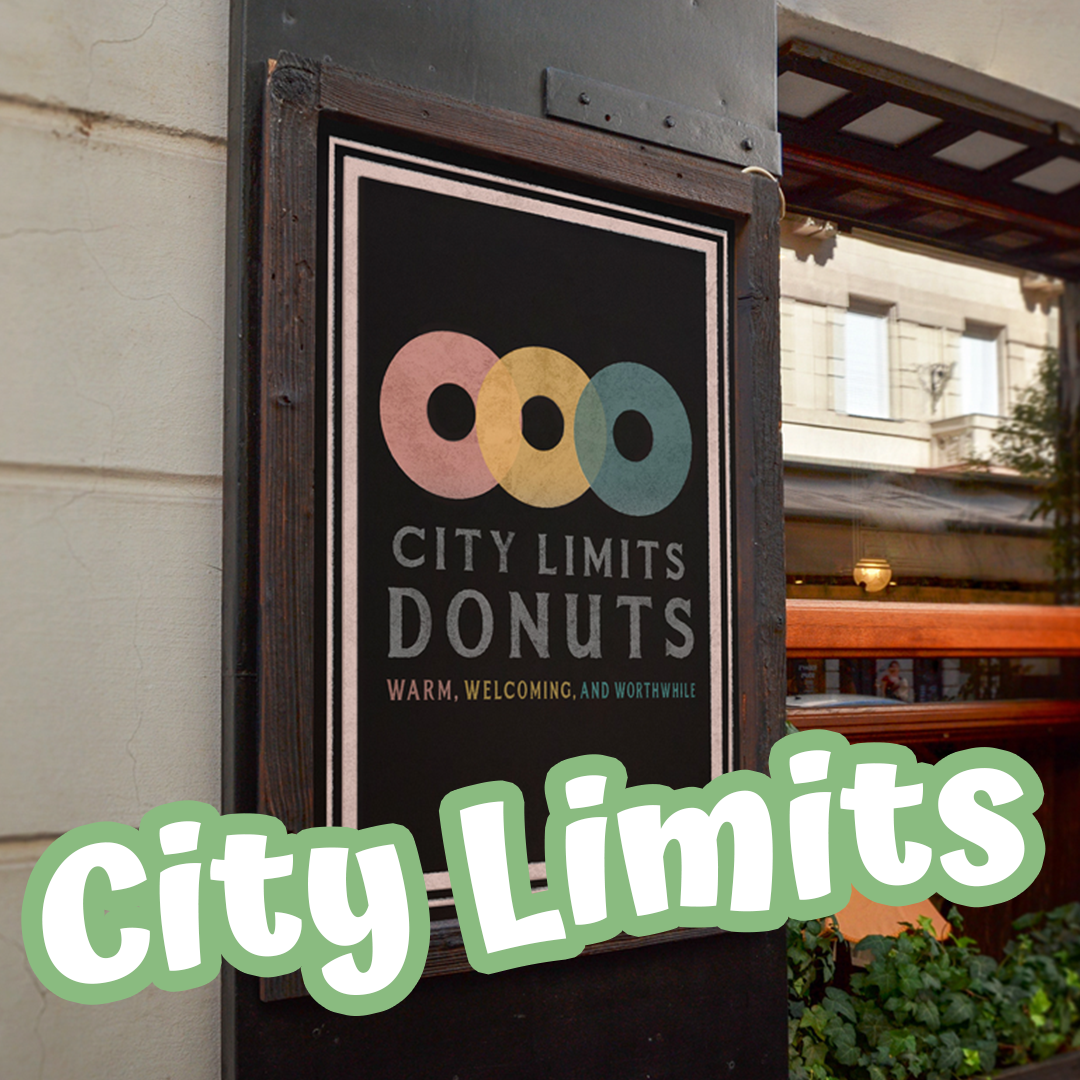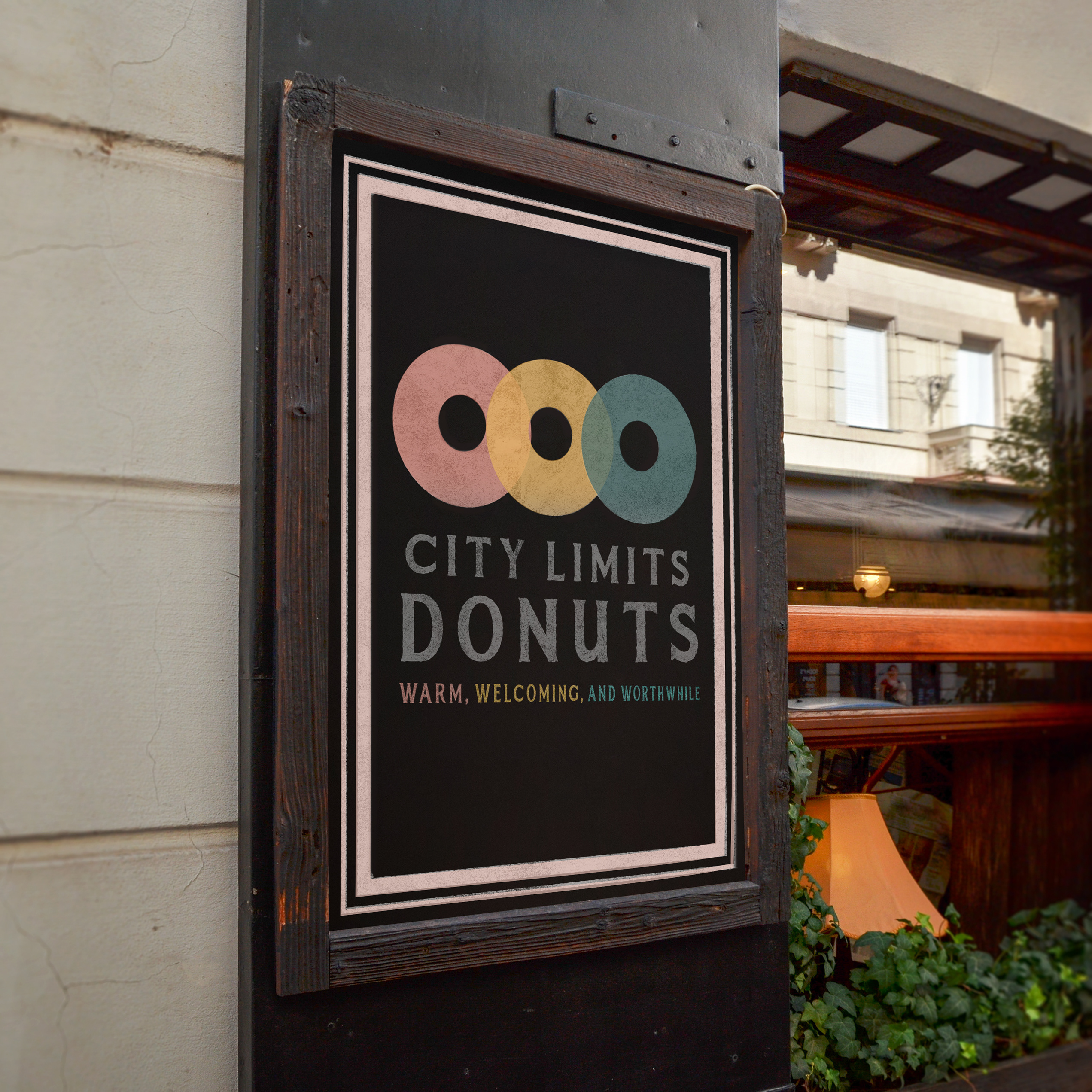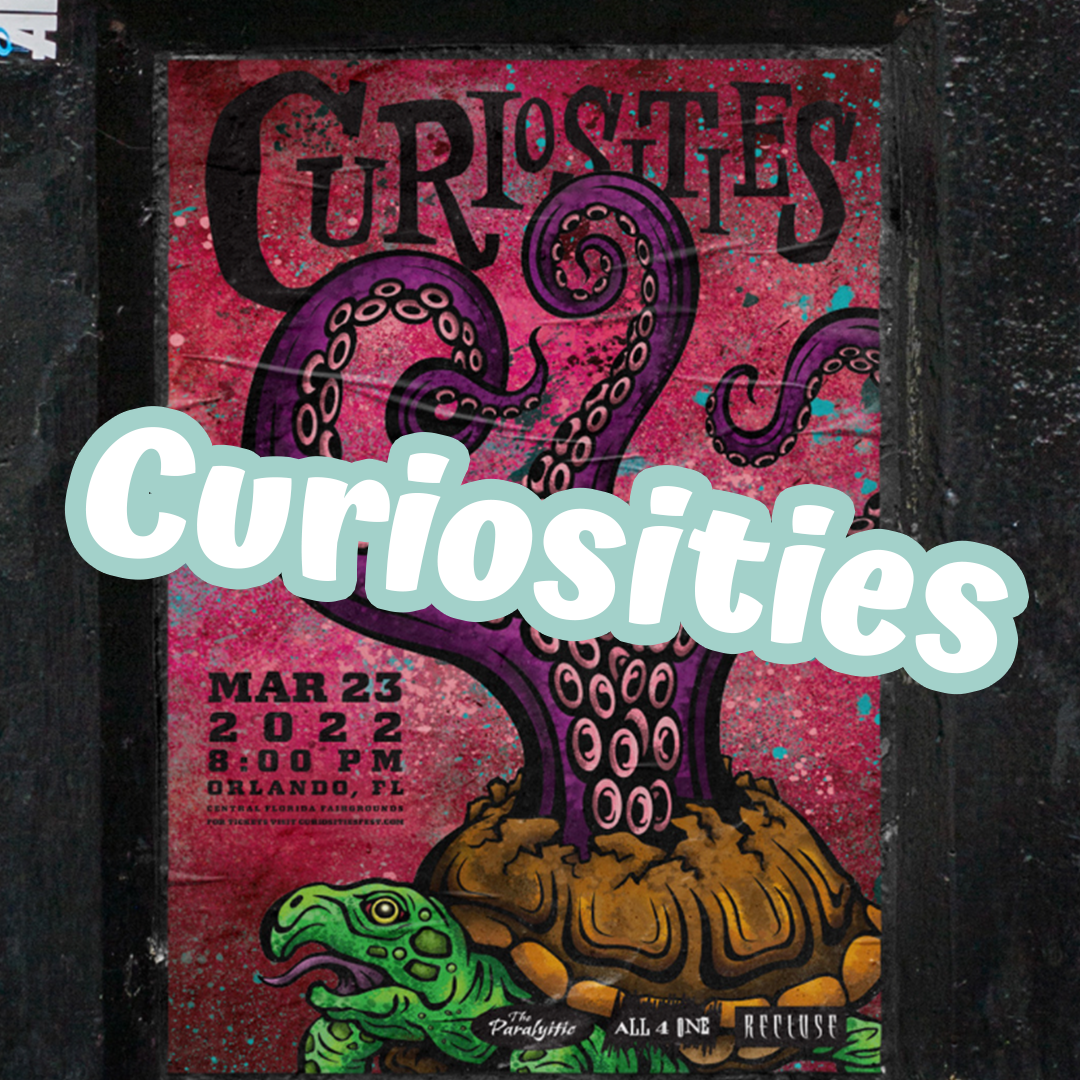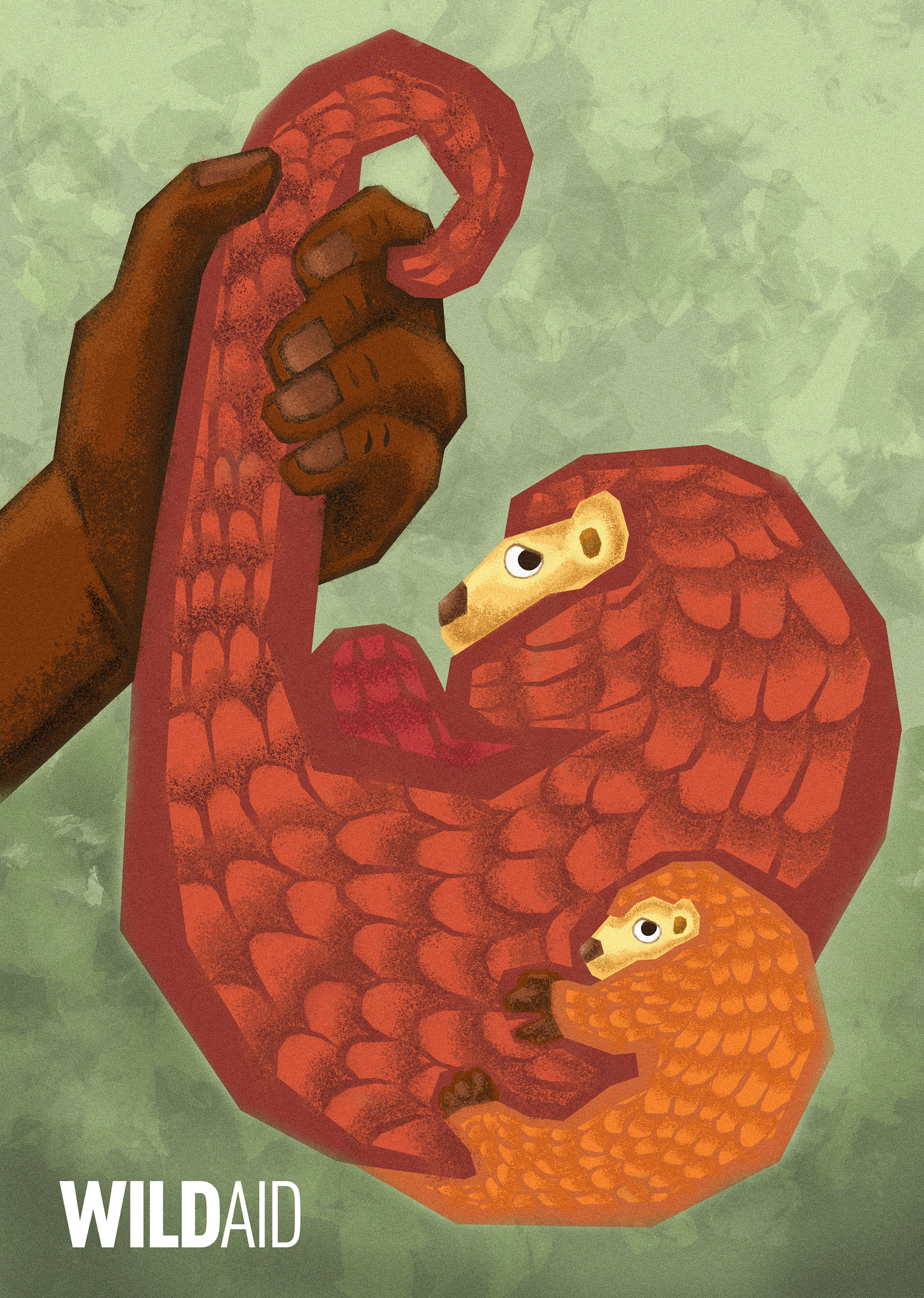
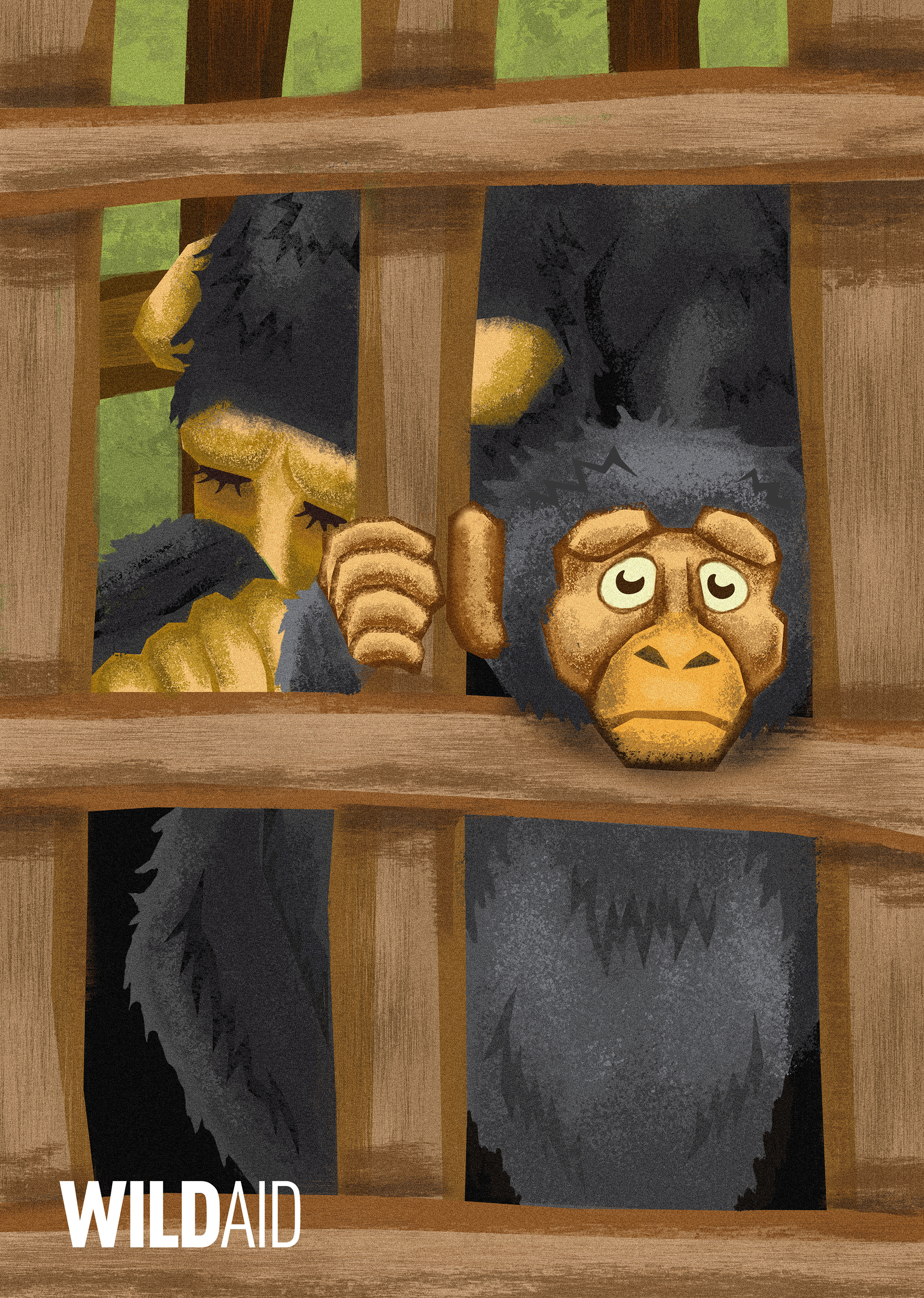
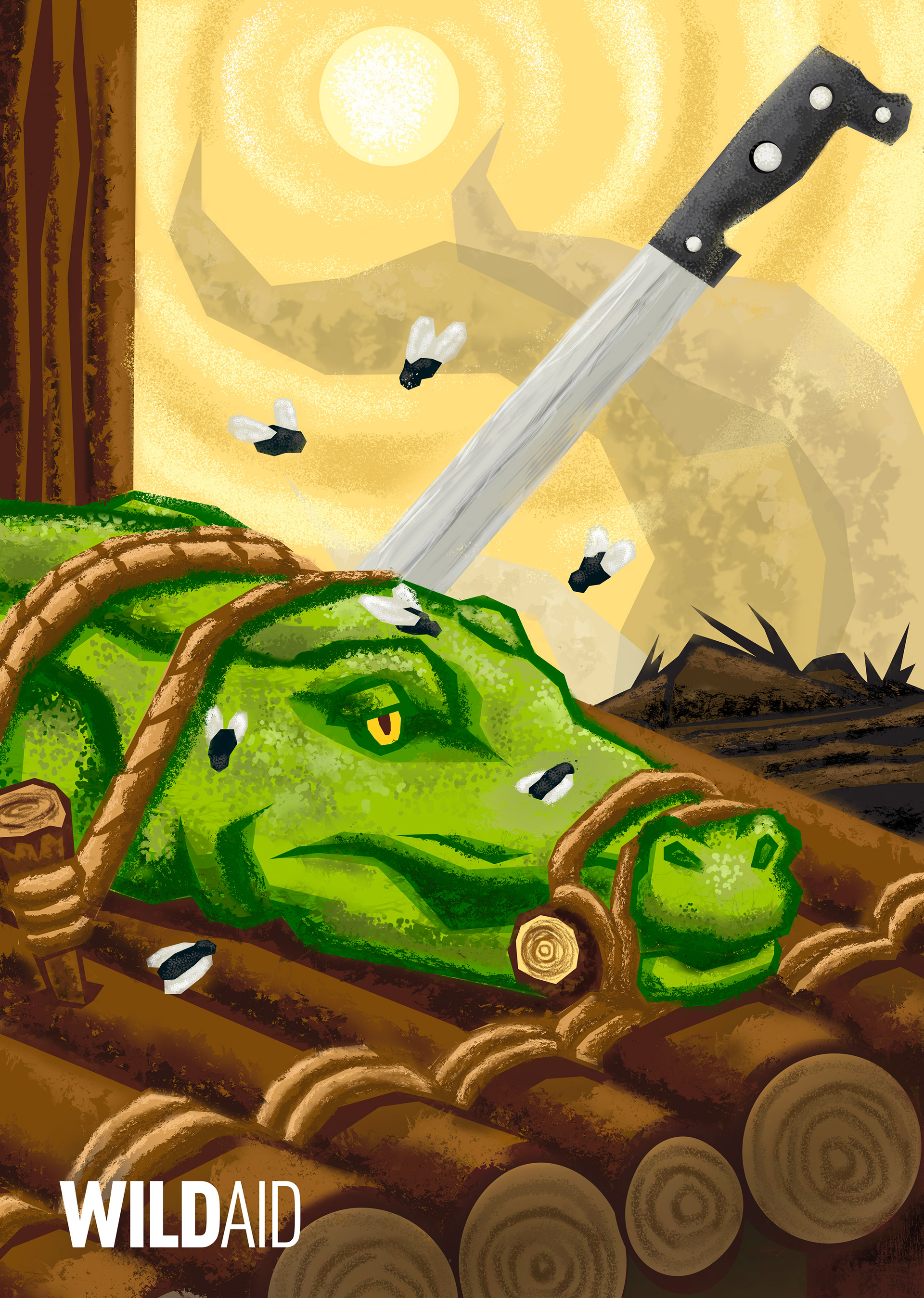
The most critical objective of these illustrations was their ability to traverse languages. While they would be featured predominantly in Africa (where animals are most at risk), the WildAid organization had plans to share them across the globe. Their logo was the only instance of typography that could be used throughout the series. I had to convey a scenario, an emotion, and a particular species using only imagery. It was a daunting task, but one I was ready to take on due to my passion for animal welfare.
There were three incidents of animal cruelty I needed to represent. The first was the wet market sale of crocodile meat. During their capture, crocodiles' jaws are tied to a log that is inserted into their mouths. Machetes are used to harvest their meat and it is very common to smoke them over a log fire. The second incident was the taking of pangolins from their homes. Regardless of whether or not the pangolins had juveniles they were looking after, they were viciously yanked from their dwellings by poachers. The third and final scenario was the illegal pet trade of chimpanzees. Both adult and juvenile chimps alike are put up to bid, frequently separated from each other for menial prices. The cruelty these animals suffer is appalling, and my illustrations needed to depict that.
My illustrations were well-received, and they were as impactful as I had hoped they would be. They received an honorable mention from the Salute Design Competition in 2021, a Gold ADDY Award from the Oklahoma City Ad Club in the winter of 2022, and a National Silver ADDY Award from the American Advertising Federation in the summer of 2022. While these honors were certainly something to be proud of, what filled me with the most pride was the fact that people had heard the pleas of these poor animals. I'm not sure what the WildAid organization did with my posters globally, but I am certain they made an impact in the United States.



